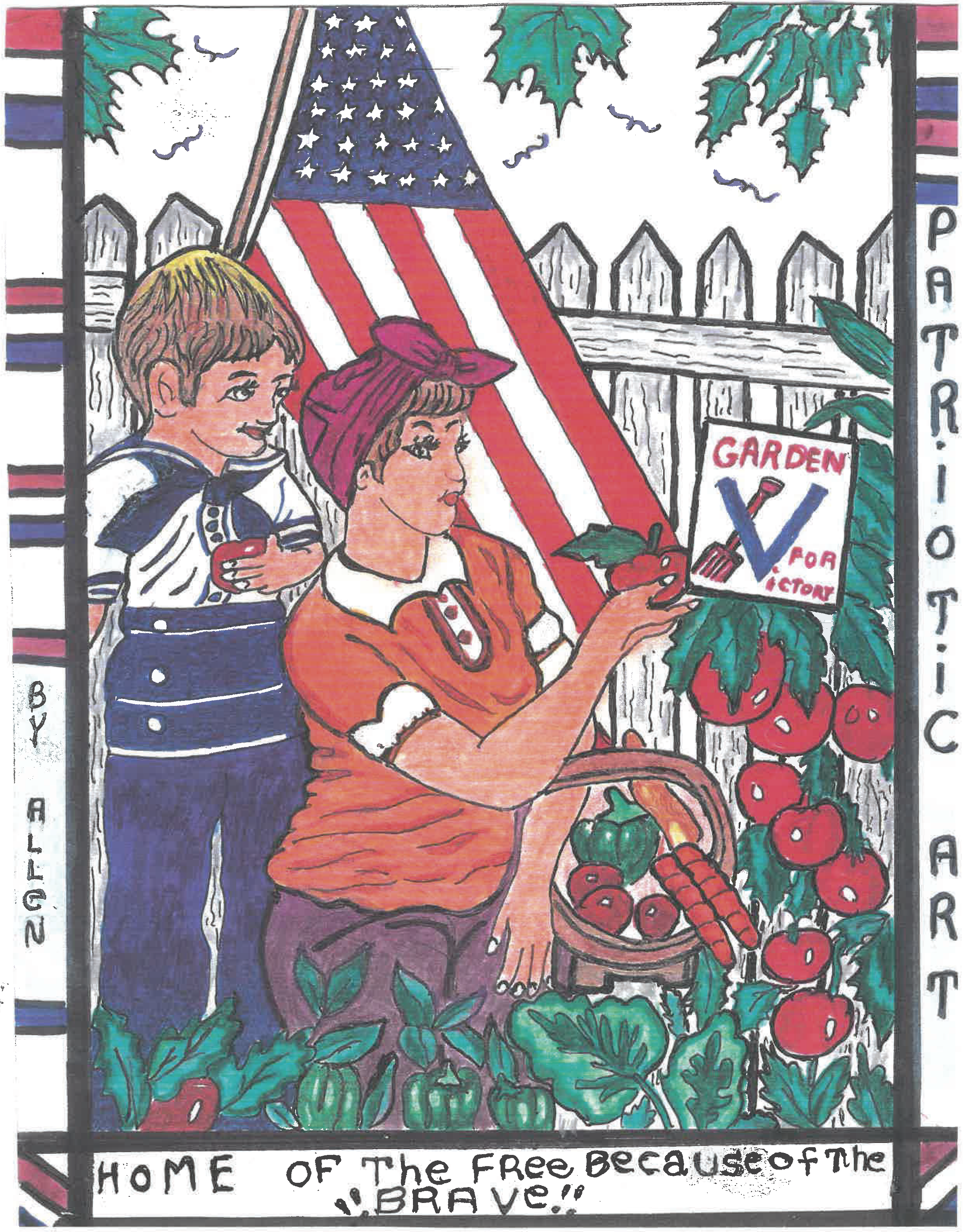
Submitted to the Journal by Mr. Allen Fry, an 88-year old Korean War veteran and a dear friend of our family whom we met while stationed at Joint Base Lewis-McChord, Washington.
“IN TIMES OF WAR the country’s food supply for civilians may be smaller even though total production is greatly increased. The burdens of World War II are already creating serious food-production, distribution, and preservation problems. Labor and machinery shortages interfere with production; overloaded railroads and restricted motor transport interfere with distribution; and inadequate supplies of labor, steel, and tin demand that civilians depend less on foods canned in tin.
There is now real need for civilians to relieve the burden on commercial food sources, transportation, and preservation by growing all food that is practical at home and preserving, storing, and using it over as much of the year as possible.
More than $200,000,000 worth of vegetables — not counting potatoes and sweet potatoes — were grown in farm home gardens in 1939. These 4,800,000 home gardens produced vegetables worth a little more than those grown for sale on 3,000,000 acres. Thus, it is obvious that home-grown vegetables can and do furnish a substantial part of our national requirements. If all farmers grow better gardens and all favorably located town dwellers also do their best, a still greater share of the civilian requirements can be met. Now all civilians need to help themselves by home food production insofar as practicable so that more of the country’s commercial resources can be devoted to military and lend-lease food requirements.”
-U.S. Department of Agriculture, 1943







Facebook Comments